3,5-Dihydroxybenzaldehyde
- CAS NO.:26153-38-8
- Empirical Formula: C7H6O3
- Molecular Weight: 138.12
- MDL number: MFCD00016611
- EINECS: 247-479-4
- SAFETY DATA SHEET (SDS)
- Update Date: 2025-01-27 09:38:02
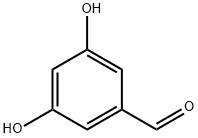
What is 3,5-Dihydroxybenzaldehyde?
Description
3,5-Dihydroxybenzaldehyde is a building block. It has been used in the synthesis of 2,4-dimethylbenzoylhydrazones with antileishmanial and antioxidant activities.
Chemical properties
White to tan to grey crystalline powder
The Uses of 3,5-Dihydroxybenzaldehyde
3,5-Dihydroxybenzaldehyde is suitable for use in the synthesis of 3,5-dihydroxyphenylglycine (3,5-DHPG). It may be used in the synthesis of:
- fulgide7
- 3,5-bis(undeca-4,6-diynyloxy)benzaldehyde
- 3,5-didodecyloxybenzaldehyde
- 1′-methyl-1′,5′-dihydro-2′-(3,5-bis(undeca-4,6-diynyloxy)phenyl)-1H-pyrrolo[3′,4′:1,9](C60-Ih)[5,6]fullerene (F2D)
Definition
ChEBI: 3,5-dihydroxybenzaldehyde is a dihydroxybenzaldehyde.
General Description
Condensation of isopropyl ethers of p-hydroxyphenyl acetic acid and 3,5-dihydroxybenzaldehyde has been reported.
Properties of 3,5-Dihydroxybenzaldehyde
| Melting point: | 153-158 °C (lit.) |
| Boiling point: | 324.3±12.0 °C(Predicted) |
| Density | 1.409±0.06 g/cm3(Predicted) |
| storage temp. | Keep in dark place,Sealed in dry,Room Temperature |
| solubility | Soluble in ethanol and diethyl ether. |
| form | Crystalline Powder |
| pka | 8.73±0.10(Predicted) |
| color | White to tan to gray |
| Sensitive | Air Sensitive |
| BRN | 1930147 |
| InChI | InChI=1S/C7H6O3/c8-4-5-1-6(9)3-7(10)2-5/h1-4,9-10H |
| CAS DataBase Reference | 26153-38-8(CAS DataBase Reference) |
Safety information for 3,5-Dihydroxybenzaldehyde
| Signal word | Warning |
| Pictogram(s) |
 Exclamation Mark Irritant GHS07 |
| GHS Hazard Statements |
H315:Skin corrosion/irritation H319:Serious eye damage/eye irritation H335:Specific target organ toxicity, single exposure;Respiratory tract irritation |
| Precautionary Statement Codes |
P261:Avoid breathing dust/fume/gas/mist/vapours/spray. P304+P340:IF INHALED: Remove victim to fresh air and Keep at rest in a position comfortable for breathing. P305+P351+P338:IF IN EYES: Rinse cautiously with water for several minutes. Remove contact lenses, if present and easy to do. Continuerinsing. P405:Store locked up. |
Computed Descriptors for 3,5-Dihydroxybenzaldehyde
| InChIKey | HAQLHRYUDBKTJG-UHFFFAOYSA-N |
| SMILES | C(=O)C1=CC(O)=CC(O)=C1 |
New Products
3-Iodophenylacetic acid 3-Pyridineacetonitrile, α-hydroxy- 2-Propanamine, 1-chloro-, hydrochloride (9CI) 3-(hexyloxy)-4-(pyridin-3-yl)-1,2,5-thiadiazole 2-Hexyn-1-ol Dibenzo-18-crown-6 Nickel(II) perchlorate hexahydrate, 98% 4-Bromophenylacetonitrile, 95% 3-Bromo-4-fluoroaniline, 97% Sodium tetraborate decahydrate, 98% Palladium(II) acetate, trimer, Pd 99% 4-Bromo-2-chlorotoluene, 97% N N Dimethylformamide Dimethyl Acetal (Dmf Dma) 2,3-Dichloro Benzoyl Cyanide [Side Chain] Bis(2-Chloroethyl) Amine Hydrochloride L-Glutamic Acid Diethyl Ester Hydrochloride 5-(Difluoromethoxy)-2-Mercaptobenzimidazole 1-Ethyl-3-(3-Dimethylaminopropyl)-Carbodiimide Hydrochloride [EDC Hcl] 1,4-Napthoquinone Bromoiodomethane Sodium Bicarbonate Methylene Dichloride (MDC) Ethyl Acetate Indole-3-Carbinol (I3C)Related products of tetrahydrofuran
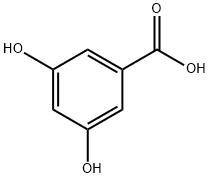
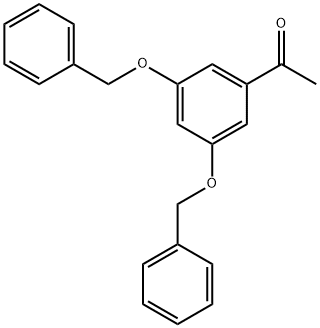

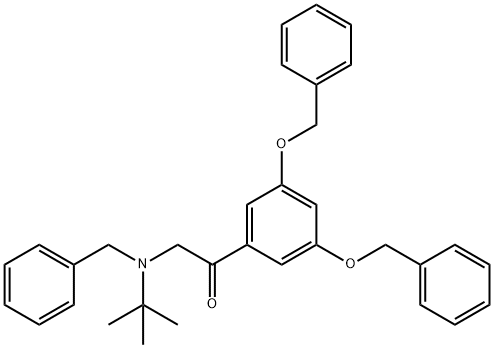
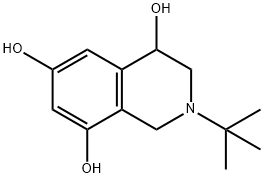
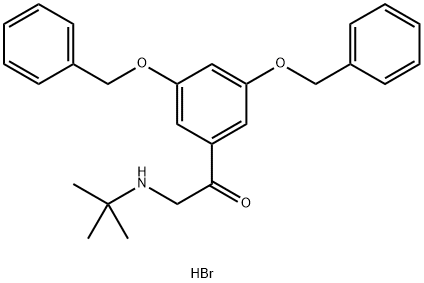
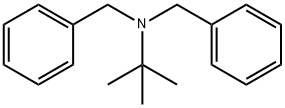
![1-(3,5-DIHYDROXYPHENYL)-2-[(1,1-DIMETHYLETHYL)AMINO]-ETHANONE, HYDROCHLORIDE](https://img.chemicalbook.in/StructureFile/ChemBookStructure8/GIF/CB2752536.gif)
You may like
-
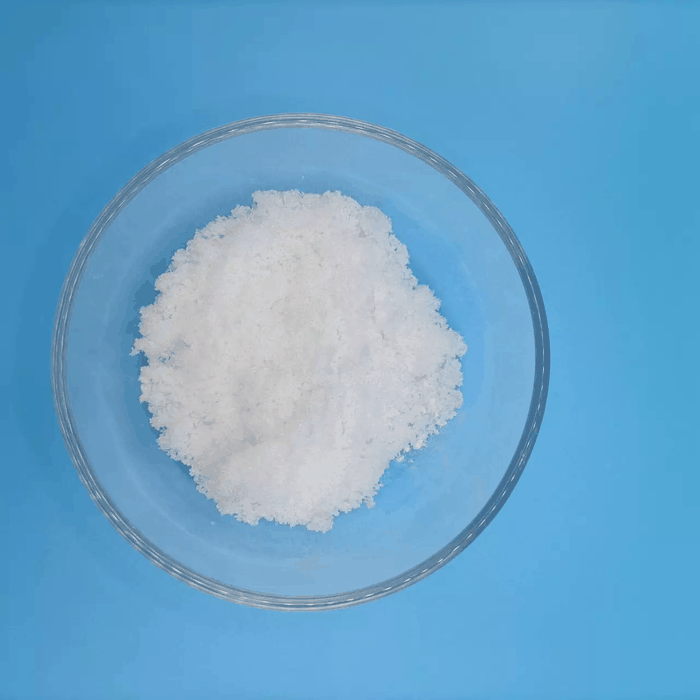 26153-38-8 3,5-dihydroxybenzaldehyde 98%View Details
26153-38-8 3,5-dihydroxybenzaldehyde 98%View Details
26153-38-8 -
 3,5-Dihydroxybenzaldehyde CAS 26153-38-8View Details
3,5-Dihydroxybenzaldehyde CAS 26153-38-8View Details
26153-38-8 -
 17604-74-9 3-Pyridineacetonitrile, α-hydroxy- 98+View Details
17604-74-9 3-Pyridineacetonitrile, α-hydroxy- 98+View Details
17604-74-9 -
 131987-69-4 98+View Details
131987-69-4 98+View Details
131987-69-4 -
 Cyclohexane, (2-propynyloxy)- 67967-07-1 98+View Details
Cyclohexane, (2-propynyloxy)- 67967-07-1 98+View Details
67967-07-1 -
 2-Propanamine, 1-chloro-, hydrochloride (9CI) 98+View Details
2-Propanamine, 1-chloro-, hydrochloride (9CI) 98+View Details
5968-21-8 -
 3-Iodophenylacetic acid 1878-69-9 98+View Details
3-Iodophenylacetic acid 1878-69-9 98+View Details
1878-69-9 -
 132945-75-6 (S)-1-Boc-3-methanesulfonyloxy-pyrrolidine 98+View Details
132945-75-6 (S)-1-Boc-3-methanesulfonyloxy-pyrrolidine 98+View Details
132945-75-6
Statement: All products displayed on this website are only used for non medical purposes such as industrial applications or scientific research, and cannot be used for clinical diagnosis or treatment of humans or animals. They are not medicinal or edible.
